Yellow Birch Lumber
- July 26, 2023
- 0 comment
Yellow Birch lumber, sourced from the native North American tree species Betula alleghaniensis, holds a well-deserved reputation as a prized hardwood in the world of woodworking. Renowned for its versatility and beauty, Yellow Birch finds extensive use across a wide range of applications.
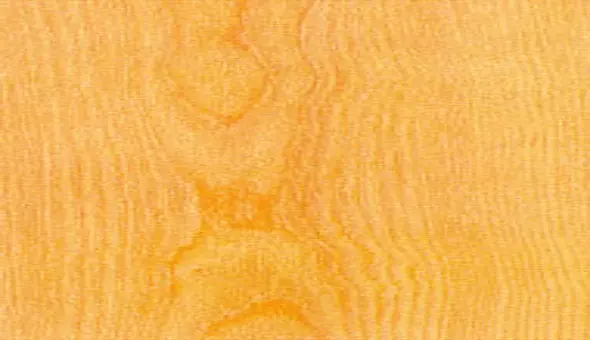
The wood’s enchanting color palette, featuring warm golden-yellow hues intermingled with hints of reddish-brown, gracefully complements its pale white sapwood, adding an element of visual allure to any project. Moreover, the wood’s fine, even texture and straight to slightly wavy grain patterns provide a smooth and consistent surface, making it a delight for craftsmen seeking both aesthetics and workability.
One of the key reasons for Yellow Birch’s widespread popularity lies in its ability to effortlessly adapt to diverse applications. Whether it’s crafting elegant furniture pieces, fashioning exquisite cabinetry, laying down stunning hardwood flooring, or undertaking intricate interior millwork, Yellow Birch stands as a reliable choice. Its workability enhances the creative process for woodworkers, allowing them to shape, carve, and detail the wood with ease. Additionally, Yellow Birch readily accepts stains and finishes, offering ample room for customization to suit individual preferences and design visions.
| Common Name(s) | Yellow Birch |
|---|---|
| Scientific Name | Betula alleghaniensis |
| Distribution | Native to North America (Eastern and Central US) |
| Tree Size | 60-80 feet tall, trunk diameter of 2-3 feet |
| Average Dried Weight | 44 lbs/ft3 (705 kg/m3) |
| Specific Gravity | 0.71 |
| Janka Hardness | 1,260 lbf (5,600 N) |
| Modulus of Rupture | 14,600 lbf/in2 (100.6 MPa) |
| Elastic Modulus | 1,790,000 lbf/in2 (12.34 GPa) |
| Crushing Strength | 7,940 lbf/in2 (54.8 MPa) |
| Shrinkage | Radial: 4.6%, Tangential: 8.2%, Volumetric: 13.3% |
Characteristics
Color/Appearance
Yellow Birch exhibits a captivating color range, with its heartwood encompassing tones that vary from light golden-yellow to delightful reddish-brown hues. The sapwood, on the other hand, typically presents a contrasting pale white color. This striking distinction between the heartwood and sapwood lends an elegant and visually appealing aspect to Yellow Birch, making it an attractive choice for aesthetic-focused projects where the wood’s natural beauty can shine.
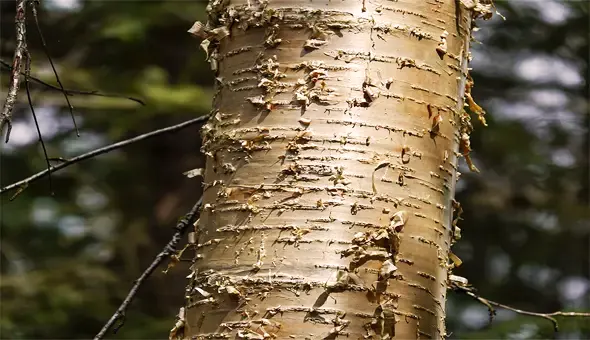
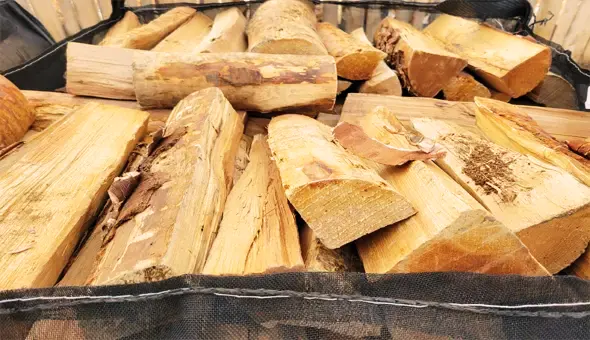
Grain/Texture
The texture of Yellow Birch is one of its defining features, boasting a fine and even grain pattern that contributes to a smooth and uniform surface. The wood commonly displays straight grains, but in some instances, slight waves may be present, adding a touch of character to the material. This uniformity in grain and texture further enhances the wood’s allure and makes it a joy to work with for craftsmen seeking consistency and precision in their creations.
Rot Resistance
While Yellow Birch possesses several desirable qualities, natural resistance to decay is not one of them. As such, when using Yellow Birch in outdoor applications or areas exposed to moisture and the elements, appropriate protective measures become crucial. Proper sealing, finishing, or treatment with preservatives can significantly enhance the wood’s durability, making it more suitable for exterior use.
Workability
Yellow Birch earns high marks for its excellent workability, making it a favored choice among woodworkers and carpenters alike. The wood responds well to various woodworking tools and techniques, allowing for smooth cutting, shaping, and carving. Its good machining properties enable artisans to achieve intricate details and precise craftsmanship with relative ease. Moreover, Yellow Birch demonstrates an impressive capacity to absorb stains and finishes, providing ample opportunities for customization and achieving the desired aesthetics.
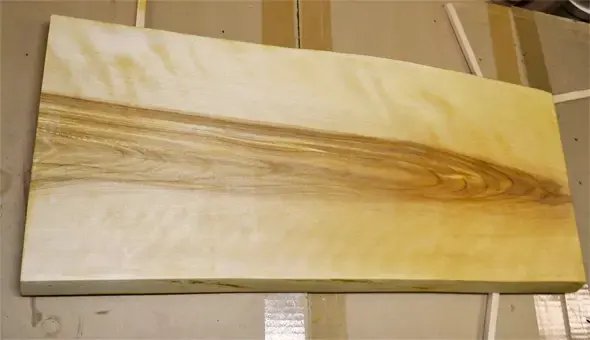

Odor
Unlike some woods that emit distinct and sometimes overpowering odors, Yellow Birch is characterized by its lack of any particular scent. This makes it particularly suitable for applications where odor sensitivity is a concern, ensuring that the wood’s natural presence doesn’t interfere with the intended environment.
Allergies/Toxicity
Yellow Birch is generally considered safe to handle, and there are no known specific allergic reactions or toxicity concerns associated with this wood. As with any woodworking project, basic safety practices, such as wearing appropriate protective gear, are recommended.
Pricing/Availability
One of the appealing aspects of Yellow Birch is its moderate price range, making it a relatively affordable hardwood option. The wood is commonly available in various lumber yards and suppliers, making it accessible to woodworkers and consumers alike.
Sustainability
Choosing Yellow Birch aligns with sustainability goals, as it is predominantly sourced from North America and cultivated in responsibly managed forests. Forestry practices and sustainable harvesting methods help ensure the long-term viability of Yellow Birch as a renewable resource.
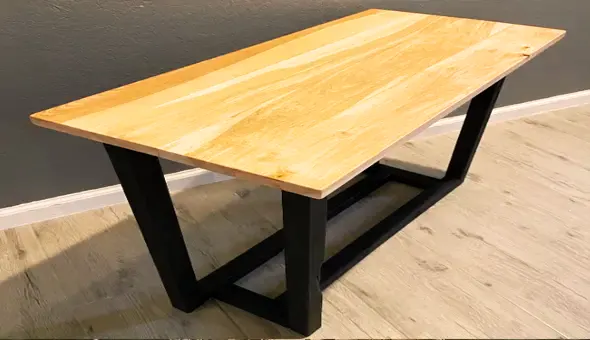
Common Uses
Yellow Birch’s versatility extends to its widespread use in numerous woodworking projects. It finds applications in crafting high-quality furniture, building durable and elegant cabinetry, installing visually appealing hardwood flooring, and adding intricate details to interior millwork. Turners also appreciate its workability for creating beautiful lathe-turned objects. Overall, Yellow Birch stands as a wood species that offers a pleasing combination of aesthetics, workability, and availability. Its warm colors and smooth texture make it an excellent choice for both functional and decorative projects, ensuring its continued popularity among wood enthusiasts and professionals alike.
Frequently Asked Questions
- Is Yellow Birch the same as White Birch?
Yellow Birch (Betula alleghaniensis) and White Birch (Betula pendula) are different species with distinct characteristics, although both belong to the birch family. - Can Yellow Birch be used outdoors?
While Yellow Birch is not naturally resistant to decay, it can be used outdoors with proper protection, such as sealants or finishing products. - Is Yellow Birch suitable for carving?
Yes, Yellow Birch’s fine and even texture makes it suitable for carving and intricate detailing. - How does Yellow Birch compare to other hardwoods in terms of hardness?
Yellow Birch falls in the mid-range of hardwoods regarding hardness. It is harder than many softwoods but softer than some other hardwoods like Oak or Maple. - Is Yellow Birch sustainable? Yes, Yellow Birch is considered sustainable when sourced from responsibly managed forests in North America.
- Does Yellow Birch have any unique odor or smell?
Yellow Birch is generally odorless, making it a neutral choice for projects where scent matters. - Can Yellow Birch be stained easily?
Yes, Yellow Birch readily accepts stains and finishes, allowing for customization of its appearance in various projects.
We’d love to hear from you! Share your personal experiences and thoughts about Yellow Birch Lumber in the comments section below. Your insights could help fellow woodworkers make informed decisions!



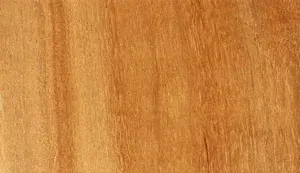




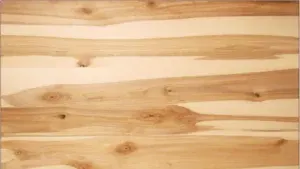

Leave your comment